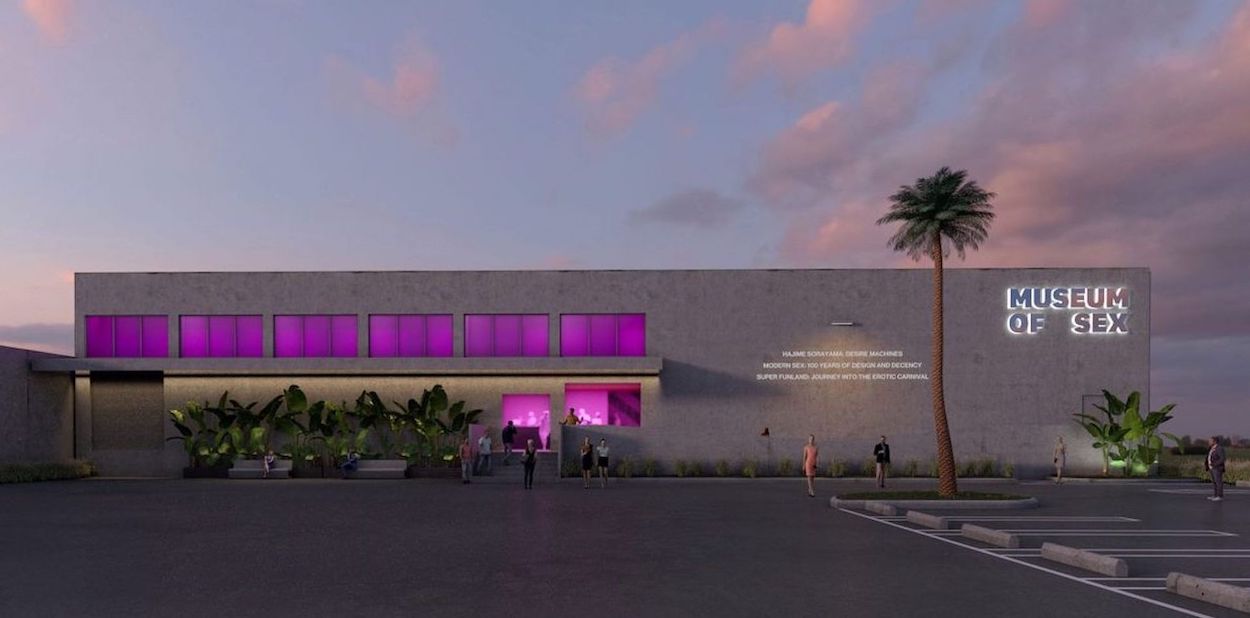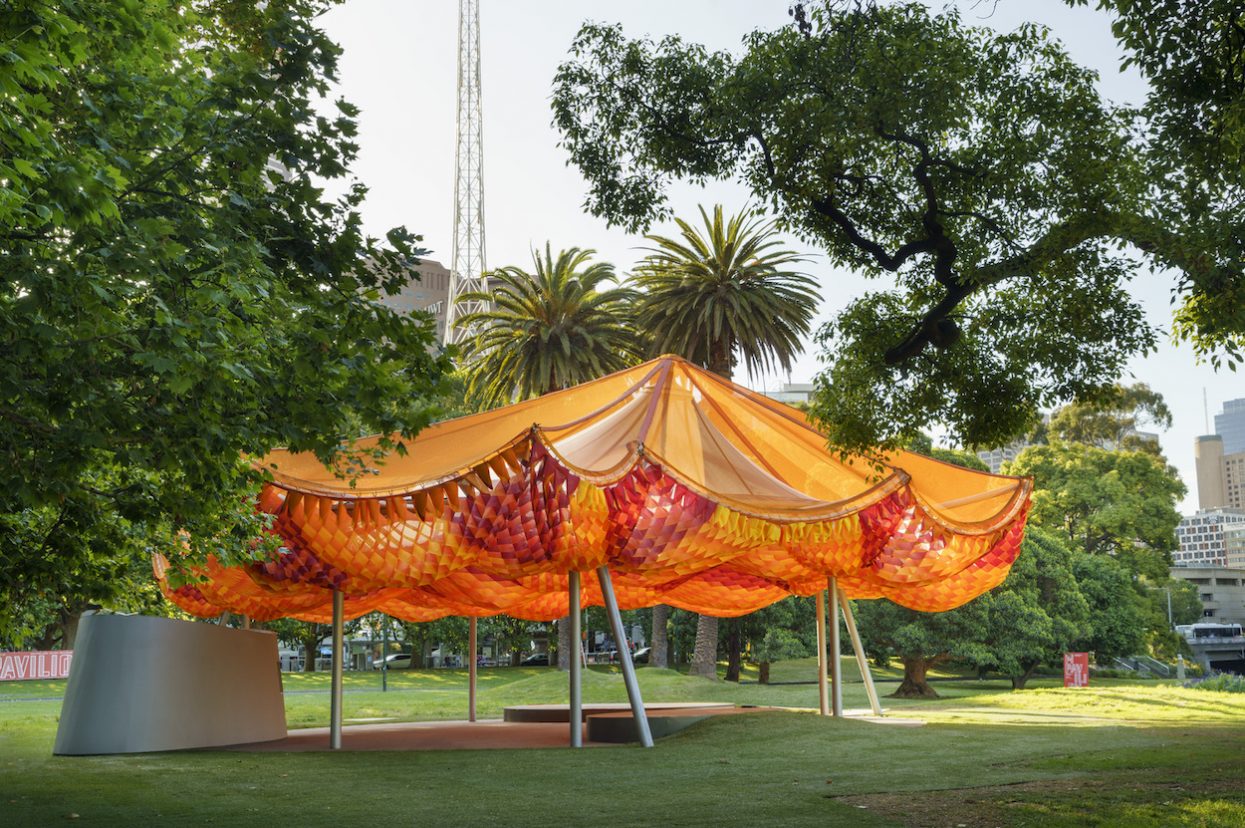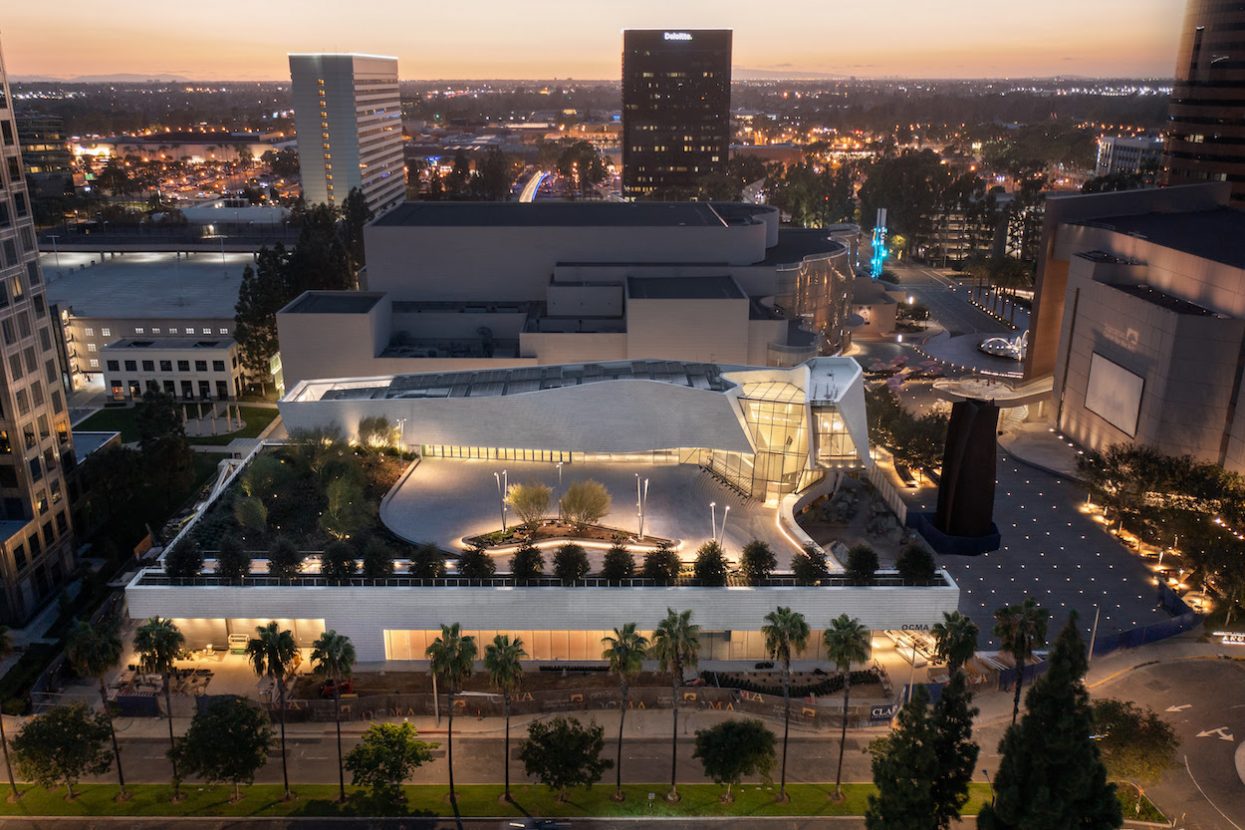The Design Dispatch offers expertly written and essential news from the design world crafted by our dedicated team. Think of it as your cheat sheet for the day in design delivered to your inbox before you’ve had your coffee. Subscribe now.
Have a news story our readers need to see? Submit it here
The Museum of Sex will expand to Miami’s museum-heavy Allapattah neighborhood.
“The Museum of Sex, the racy New York institution exploring the fabric of human sexuality, will open a second location in Miami, in the spring of 2023. The new outpost will strengthen the museum’s “mission of advocating open discourse and engagement” as it celebrates its 20th year. It is expanding into the Allapattah district, which in recent years has drawn contemporary arts spaces including Superblue, the Rubell Museum Miami and collector Jorge Pérez’s El Espacio 23. Like its future neighbours, the Museum of Sex will repurpose a warehouse for its programming, and it has hired the influential and internationally renowned architectural firm Snøhetta to lead the design.” [H/T The Art Newspaper]
WeWork’s once-giant cash reserves have dwindled as demand for coworking falls.
“WeWork is trying to turn a profit before its once formidable cash reserves run out. The Federal Reserve’s efforts to fight inflation have made that harder. Saddled with expensive long-term leases and more than $3 billion of debt, WeWork recorded a negative cash flow of around $4.3 billion between July 2020 and September of this year. It has been able to cover its losses partly with loans and equity investments from its biggest backer, SoftBank Group, which to date has sunk more than $10 billion into the business. WeWork has burned through nearly all of it. The company has $500 million in undrawn debt commitments from SoftBank and has said it expects to end 2022 with $300 million in cash. Its debt contracts allow it to borrow another $500 million.” [H/T Wall Street Journal]
In a new report, Airbnb notes that some hosts discriminate against Black travelers.
“Home-sharing services like Airbnb and Vrbo market themselves as platforms for sharing, community, and joy. Their advertisements show guests of varying ethnic backgrounds gathering happily in sunny houses, seeming to feel at home—or even better, on vacation. But some people of color—particularly Black guests—say that despite the policies and partnerships that home-sharing platforms have put into place, they still face discrimination when booking or staying in vacation rentals. They are frustrated by what they say is a lack of understanding and accountability. In a report, Airbnb acknowledged the issues and provided the first public data on the steps it has taken to reduce racial disparities, including removing some human factors from the booking process.” [H/T The New York Times]
Studio All(zone) fashions an upcycled orange structure for Melbourne’s MPavilion.
“The ninth edition of the MPavilion opened with an orange canopy installation designed by Bangkok-based practice all(zone) in collaboration with AECOM and Schiavello Architects. From December to April, visitors will experience a vibrant and joyful setting made of upcycling materials, featuring an architectural lighting program by Melbourne-based design practice Bluebottle. The installation is part of the summer program of free events in the Queen Victoria Garden. Since 2014, MPavilion has been a driving force for design excellence in Australia, commissioning architects such as MAP Studio Magnani Pelzel Architetti Associati (2021), Glenn Murcutt (2019), and Estudio Carme Pinós (2018).” [H/T ArchDaily]
An unbuilt Frank Lloyd Wright building may be realized 130 years after designing it.
“When Frank Lloyd Wright passed away in 1959, he didn’t only leave behind one of the greatest architectural legacies of any American designer, but also numerous unfinished projects. Designed in 1893, Wright conceived the Monona Boathouse at just 26 years old. The young architect had just opened his practice in Chicago and was hired to design a structure along the shores of Lake Monona in his home state, Wisconsin. A group of progressive leaders headed by John Olin, the “father of Madison’s park system,” wanted to replace a collection of illegal and unattractive boat houses that had popped up over the years along the lakefront. Wright turned in a design for a circular structure with a conical roof, which would have been built if not for an economic depression in 1894. Now, nearly 130 years later, this early Wright design may soon become a reality.” [H/T Architectural Digest]
German police are launching raids against climate activists for vandalizing museums.
“Police announced that they had raided at least eleven residences across Germany on Tuesday as part of an investigation into the climate activism group Letzte Generation, or Last Generation. The group has become well-known in recent months for blocking airport runways and throwing food at the frames of famous works of art. Authorities said they had confiscated laptops and mobile phones, accusing the group of being tied to a ‘criminal association.’ For its part, the group says that it will continue with their efforts to draw attention to how climate breakdown will affect their generation and those after them. One spokesperson of the group announced they would continue with efforts in civil disobedience during the Christmas days and in the new year despite the police raids.” [H/T Deutsche Welle]
Today’s attractive distractions:
NYU students transformed a barber shop into an underground dance club.
Oliver Wainwright scorns the newly opened Orange County Museum of Art.
Here’s what it’s actually like to stay in one of those movie replicas on Airbnb.
At Miami Art Week, Lucy Felt recreates a McDonald’s interior made of felt.


